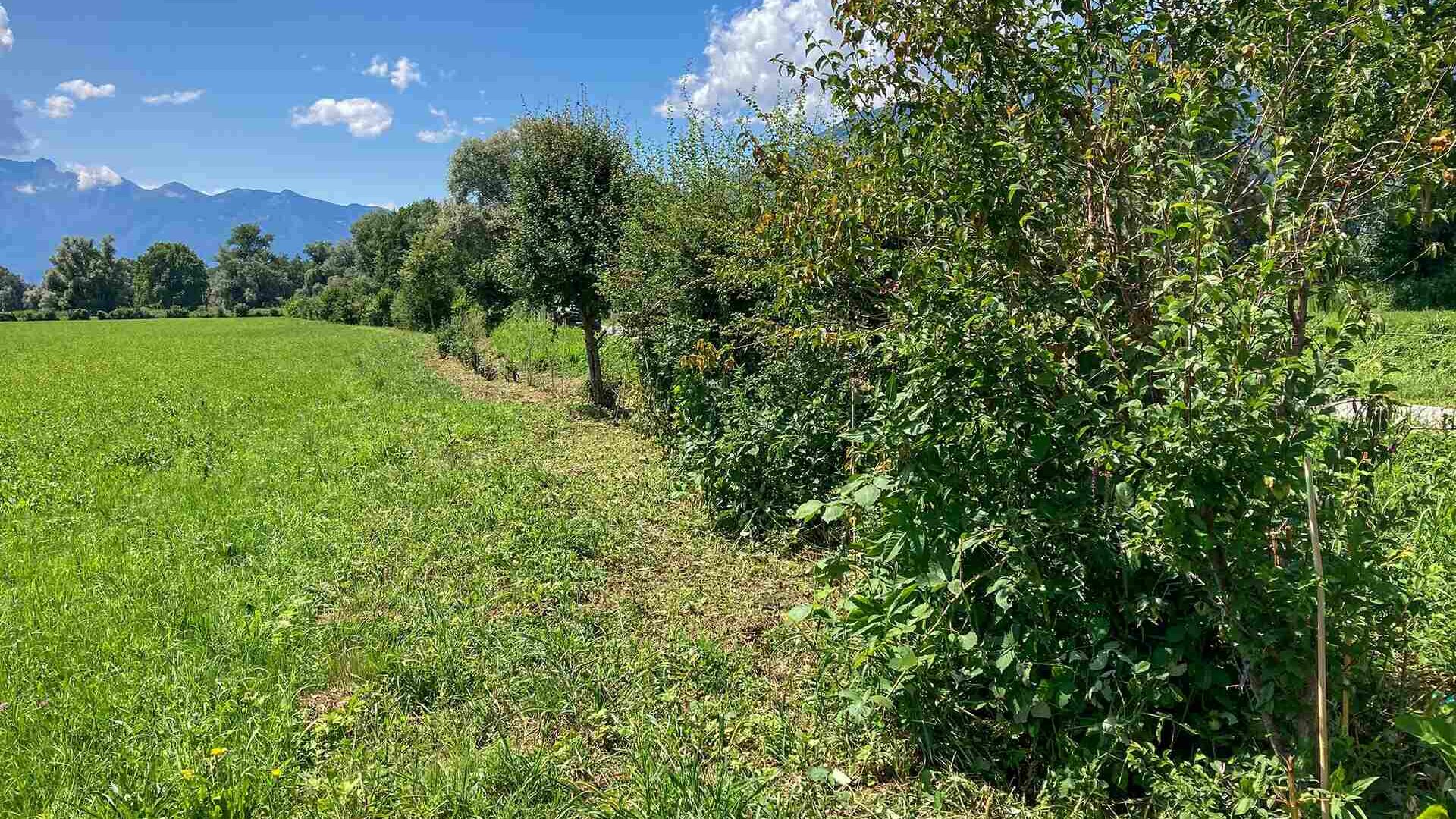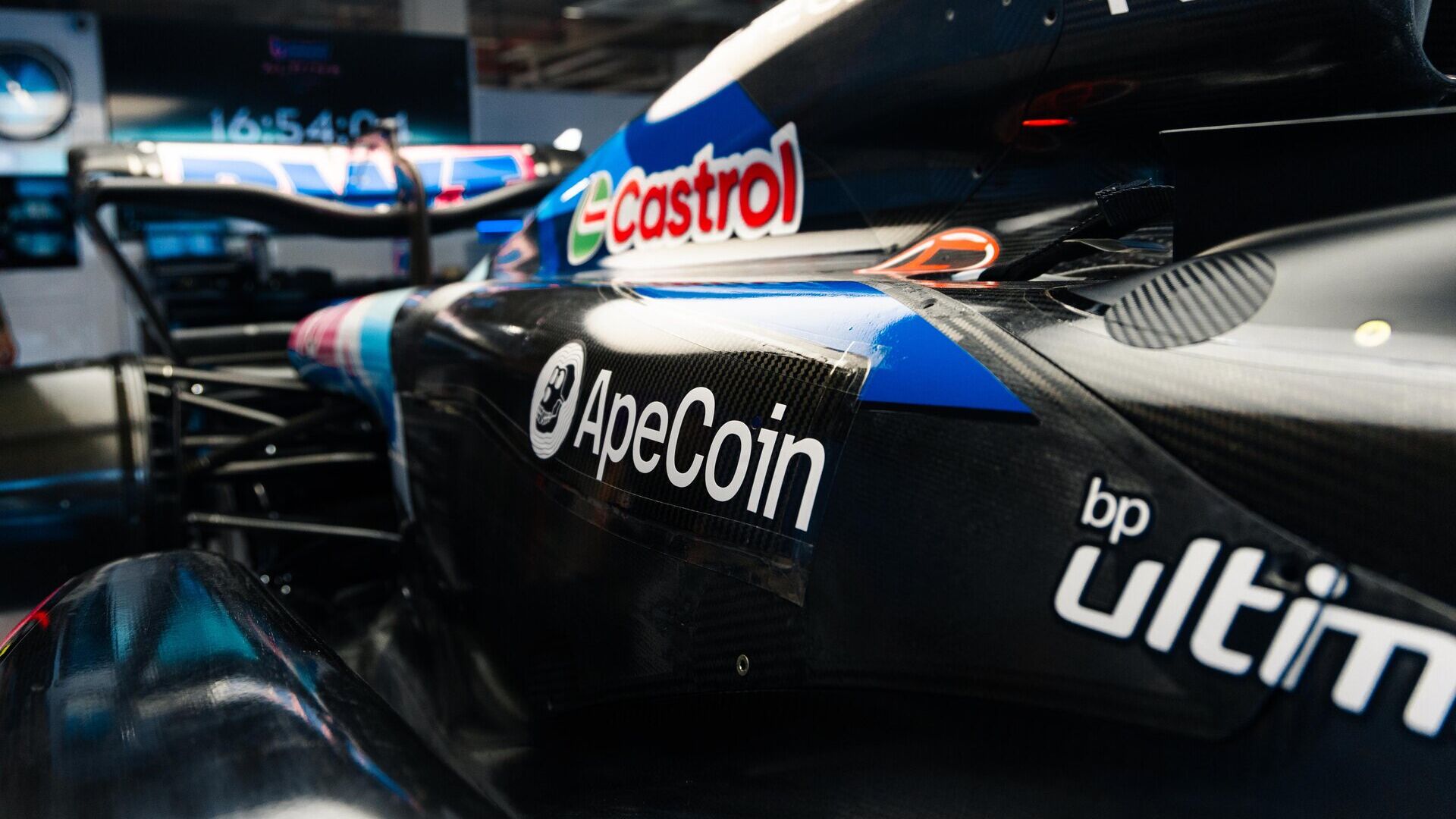More electric bicycles than cars: this is how Zurich will change
Researchers from the Federal Institute of Technology use the metropolis on the banks of the Limmat to show what an e-bike city could look like
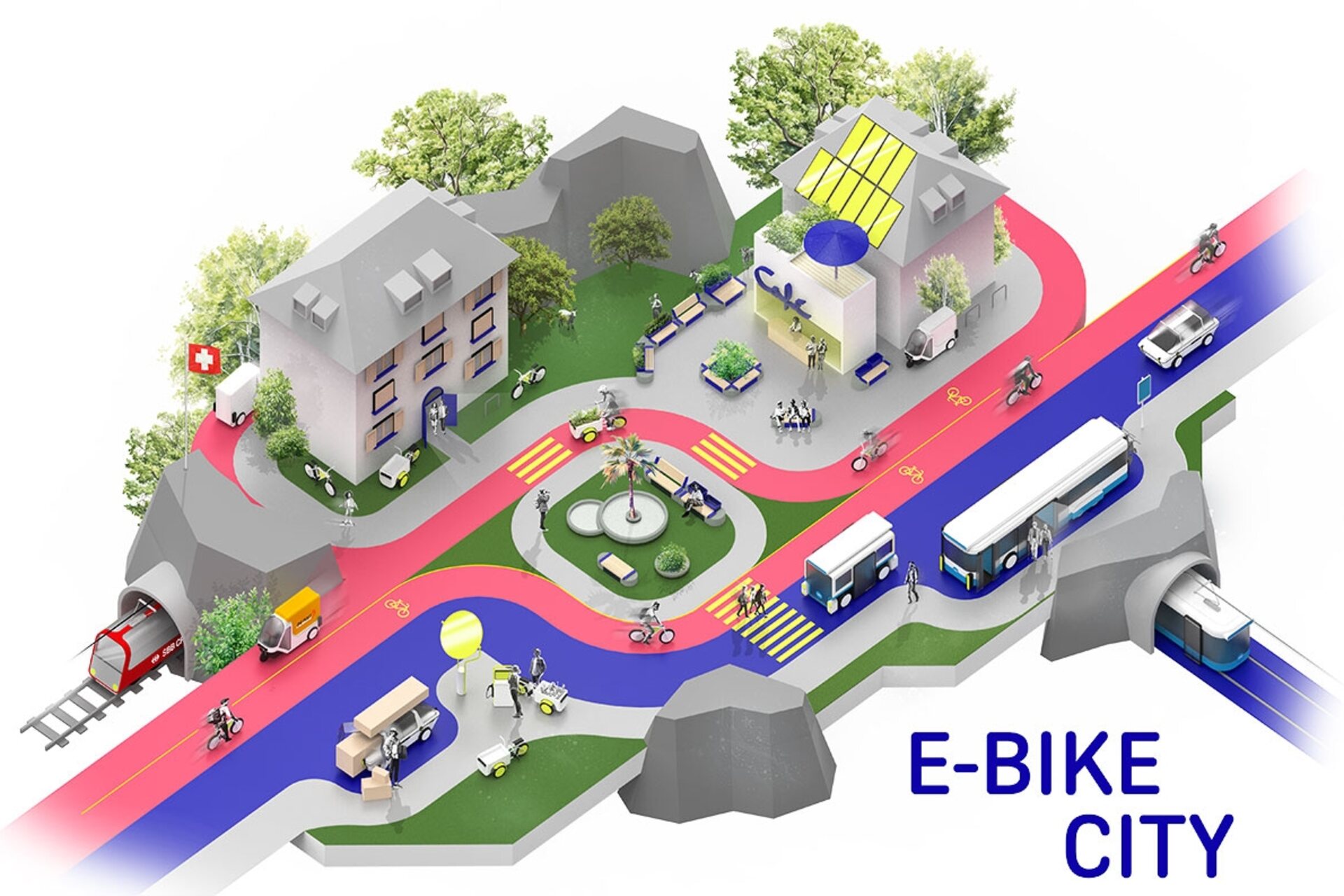
What would streets look like if a city took half its traffic space and allocated it to cycling and e-bikes? Would city dwellers use bicycles more often? Could the “E-Bike City” concept also be a way to help reduce transport-related CO2 emissions?
Nine chairs of the Federal Polytechnics of Zurich and Lausanne they've been trying to answer these questions for a year and a half.
The new research initiative is led by the transport expert Kay Axhausen, which will retire at the end of January 2024. The initial results are now available, and the researchers have visualized their solutions and published them on an external website called story-map.
Zero emissions and a better quality of life: “That's Smart City”
Flying taxis: is it the green turning point of urban mobility?
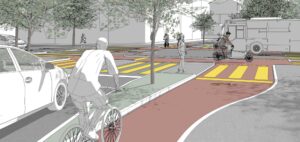
Story mapping presents the E-Bike City as a story in text and images, making it understandable
In a future E-Bike City, people will be able to use half of the city's road space when out and about on foot or by bicycle, e-bike, cargo bike, e-scooter or other small vehicle (the so-called micromobility).
Today, more than 80 percent of urban road space is reserved for cars and parking; only around 11,7 percent is intended for electric bicycles and ordinary bicycles. For the most part, cyclists and e-bikers share the roads with cars
Tilos, the self-sufficient, zero-waste island of Greece
More traffic areas in Switzerland for slow-moving vehicles
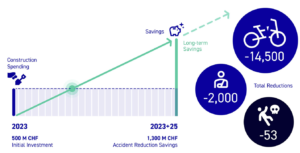
More space for people, less for cars: three practical and typical examples in the city on the banks of the Limmat
To present the innovations of the E-Bike City as realistically as possible, the researchers selected three typical examples from the city of Zurich: Bellevue Square and the Quaibrücke bridge near Lake Zurich, Birchstrasse in the north of Zurich and Winterthurer-Letzistrasse in the district Oberstrass.
Thanks to these examples, we show how the appearance of a road would change if it were designed to be bicycle-friendly instead of car-friendly. An image comparison slider can be used to directly compare the current road space and its possible future state.
Sustainable mobility in Europe, that's who is making the difference
From Milan to Monza the first metropolitan greenway in the world?
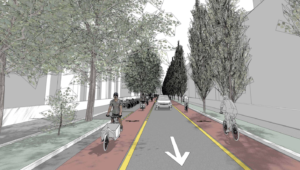
Four steps to cycle-friendly Piazza Bellevue: micromobility, more parking and emergency services
On their website, the ETH researchers use the example of Zurich's Bellevue square and the Quaibrücke bridge to show how the principles of the E-Bike City could be implemented in four steps:
1 phase: public transport, which currently crosses the Quaibrücke bridge on a central lane, will continue to have the right of way. Most tram tracks and bus lanes will remain unchanged. Where it is not possible to separate lanes for trams and buses, shared car lanes ensure a seamless public transport network.
2 phase: the road network for cars ensures access to each building so that all important access routes (e.g. for traders, people with mobility problems or physical disabilities), emergency services (ambulance, fire brigade , police) and deliveries are possible.
3 phase: the remaining road space is used for micromobility, as well as wider sidewalks and new green spaces. ETH researchers have discovered that 37 percent of Zurich's streets are now suitable for such a conversion.
4 phase: the more city dwellers decide to live car-free, the more parking spaces can be gradually converted into bicycle parking, green areas and playgrounds. Sufficient loading zones and short-term parking ensure access for emergency, delivery and transport vehicles.
A green and shared neighborhood: the innovative idea of Holland
Urban cableways: this is how green mobility passes from the sky
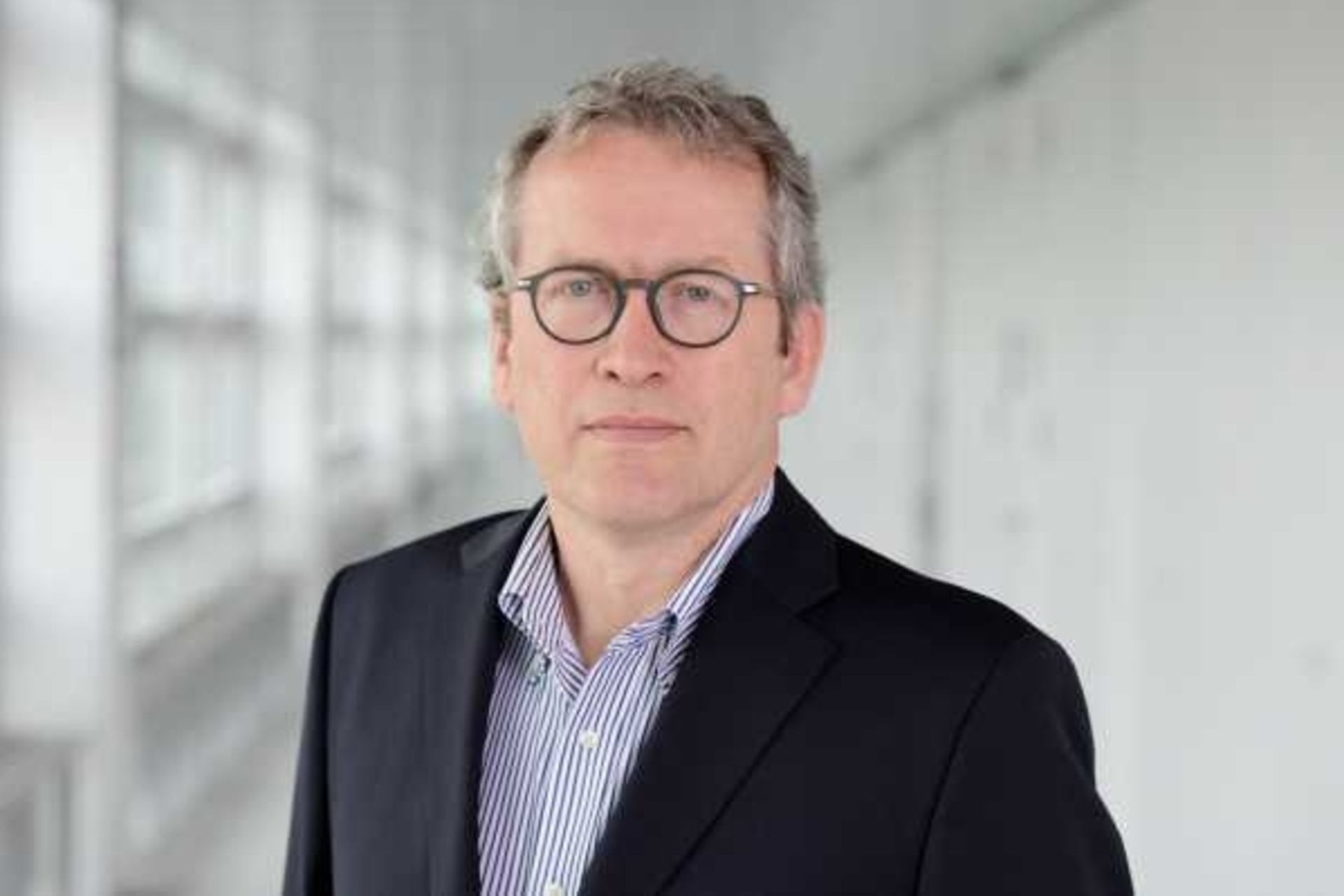
Kay Axhausen: “An important and sensational impact” for the MATSim transport simulation system
The E-Bike City project also marks the end of Kay Axhausen's career as a professor of transport planning at ETH Zurich although he will continue to oversee the project after his retirement.
Having joined ETH in 1999, he has earned a reputation as a researcher who delves into transportation issues with a keen analytical eye and precise economic and mathematical models.
A particular result was the MATSim transport simulation system, which he and his research team have helped develop over the past 20 years. Second Kay Axhausen, the system had “an important and sensational impact”.
Today MATSim is able to simulate numerous aspects of traffic behavior.
“The largest application that we can currently simulate in a reasonable computing time covers the whole of Germany, i.e. the transport decisions of 85-90 million people”.
In Forlimpopoli the first Italian village dedicated to bikes
Photogallery, the "MiMo" urban redevelopment project
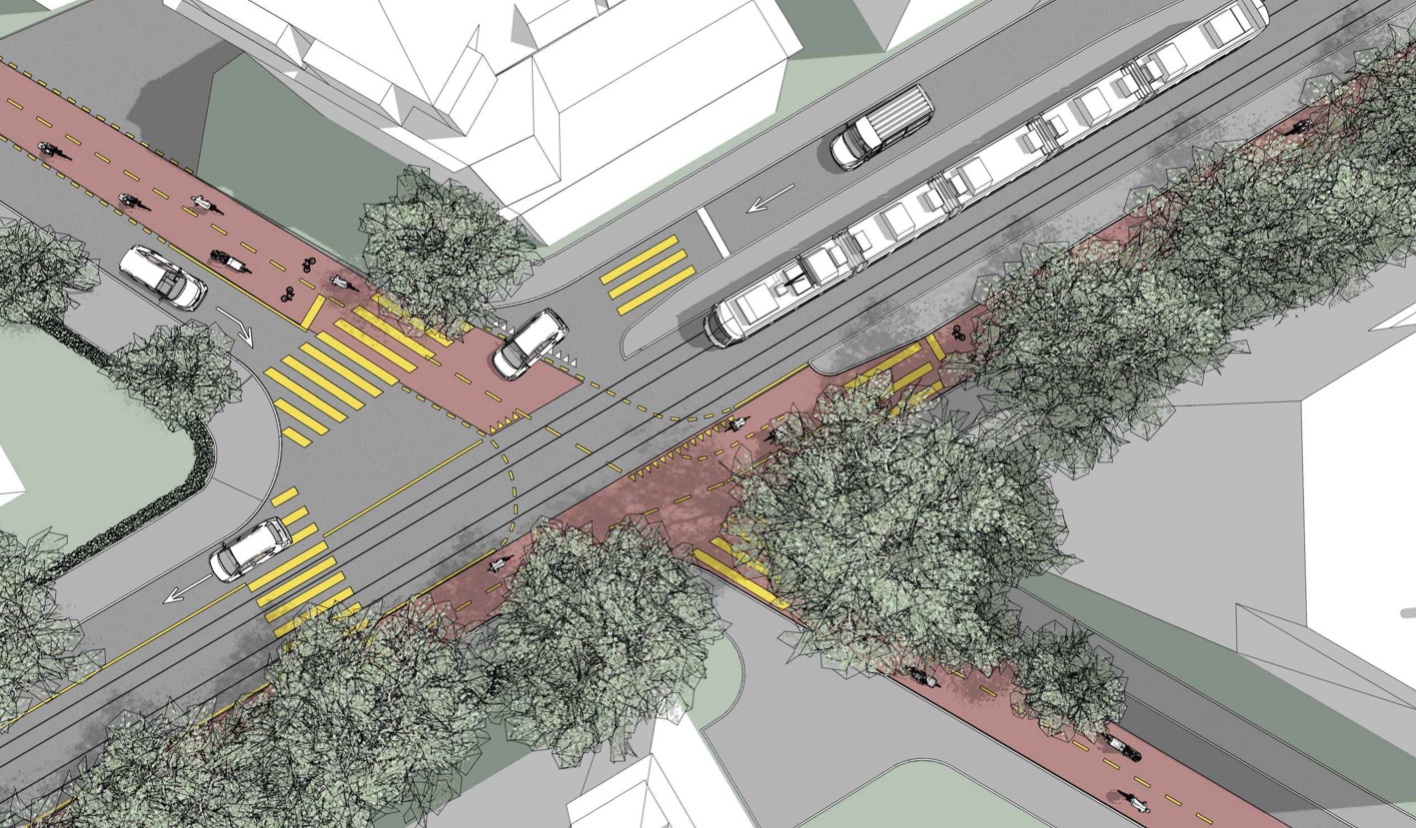
You may also be interested in:
How to clean New Delhi's stuffy air: the study
Research into the particulate matter that asphyxiates cities in northern India reveals which substances are particularly harmful to health
An innovative refuge for wildlife at the Locarno military airfield
The DDPS specialists acted on the perimeter hedges of the Sopracenerino airport, creating a place of retreat and source of food for the animals
by Editorial staff Innovando.NewsEditorial staff of Innovando.News
A DAO in Formula 1 from the agreement between ApeCoin and BWT Alpine
The Decentralized Spinning Skull Organization and French Team Will Activate a Global Fanbase Through Real-World and Web3 Experiences
Video, the unique ecosystem of the Lötschental alpine forest
The ideal place to study the growth of trees at different altitudes in the Canton of Valais is described in a very innovative WSL film
by Editorial staff Innovando.NewsEditorial staff of Innovando.News


